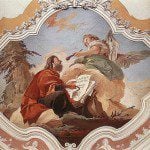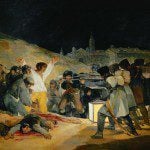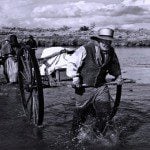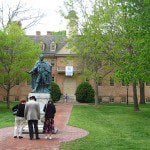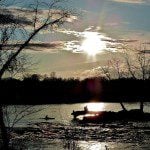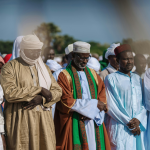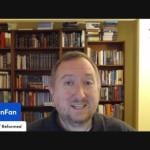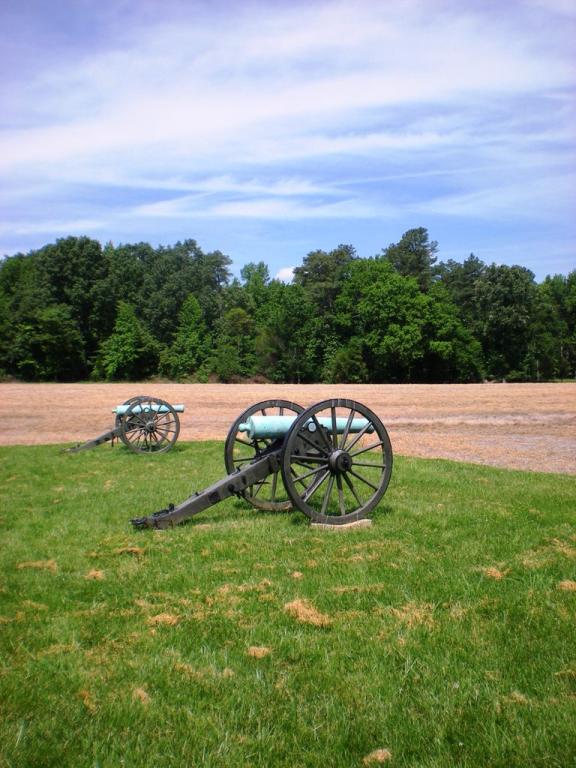
(Wikimedia Commons public domain photo)
One of my recurring disappointments about our visits to Richmond is that, occupied as we always are with family matters (which, of course, is a very good thing), we’ve usually been unable to pay much attention to the astonishingly rich history here and about — from both the colonial and revolutionary era and from the Civil War, and also beyond those momentous times. Every time that we’ve driven down to Richmond from Washington DC, we’ve passed signs along the road identifying places that I know were of great significance, especially during the War Between the States. Oh yes, I’ve managed to visit some important sites — e.g., Jamestown, Yorktown, the Petersburg National Battlefield, the Richmond National Battlefield, the “White House of the Confederacy,” the American Civil War Museum, and so on. Not an inconsiderable list, I suppose.
But I still don’t feel that I have a handle on the history of the area, or on the history of the Revolutionary War or of the Civil War. And I worry about trying to acquire such understanding. So much has been written on the American Civil War alone, I think, that a person could drown in the literature. And I want to avoid that. (For much the same reason that I’ve refused to try to gain a real command of chess: I realize, being who I am, that, if I ever actually wanted to get serious about chess, I would end up reading endless books on the subject, and I would be hard pressed to do things that I consider much more important. I have a hard enough time at it is getting to the important things.)
One good place to gain a basic understanding of the American Revolution, by the way, is the Visitors Center at Mount Vernon. I haven’t been there for several years now, but we revisited it once quite a while ago shortly after it had been comprehensively rebuilt and refurbished — and it featured an audiovisual exhibit that offered the best, the clearest, summary account that I had ever seen of the Revolutionary War, its strategies, and its battles — the latter of which had, until that time, existed in my mind as isolated but vaguely significant names in no clear chronological order (except, perhaps, for the Battles of Lexington and Concord at the beginning and the Battle of Yorktown at the end). I need to go back again, and I commend it to anybody who hasn’t seen it yet.
Anyway, my visits to Richmond remind me, painfully, of how much I don’t know. One of my goals is someday to work my way through Richmond’s Hollywood Cemetery (often unofficially called the “National Cemetery of the Confederacy”). It encloses the graves of writers that I admire, such as James Branch Cabell, Douglas Southall Freeman (biographer of George Washington and Robert E. Lee), and Tom Wolfe (d. 2018). But it also includes the graves of such important political figures as Jefferson Davis (Confederate President), James Monroe (fifth president of the United States), George Pickett (famous for his role at the Battle of Gettysburg), Lewis F. Powell (d. 1998, justice of the United States Supreme Court), John Randolph of Roanoke (d. 1833; one of the wittiest men ever to serve in Congress), General J. E. B. Stuart, John Tyler (tenth president of the United States of America, who died as a member of the Congress of the Confederate States of America). I’ve driven briefly through Hollywood Cemetery on a couple of occasions, but I’ve never really spent any time exploring it. And, right now, I don’t think that I know enough to fully appreciate it.
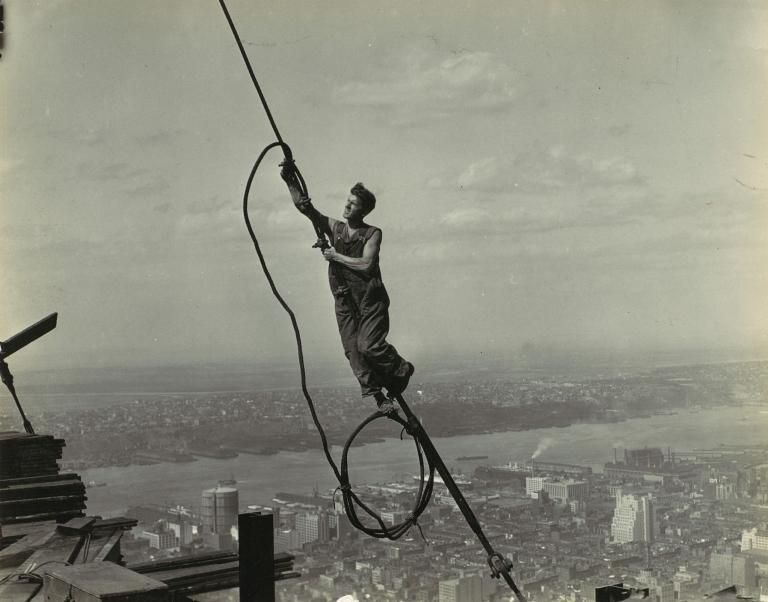
Please consider the “Construction” photographs here. See how the claims of the opponents of the Cody Wyoming Temple — that its enormous bulk would loom over the surrounding city and that it would completely block views of Cody’s mountains and of the sky above — have been fully vindicated. This should be a lesson to any people who might be on the fence about the construction of future Latter-day Saint temples: Trust the critics. They will never mislead you.

I was fascinated to read this, the longest, most sustained statement that President Donald J. Trump has issued thus far about his relationship (if, indeed, there was any relationship at all) with the late Mr. Jeffrey Epstein. It was kindly brought to my attention by one “t. tangata neneva,” who often posts comments on this blog. But it was published in The Atlantic, so I don’t know whether you’ll all be able to access it or not: “How I Came to Be in the Epstein Files: A conspiracy wrapped in a conspiracy theory wrapped in an enigma.”
Incidentally, some — including Mr. Donald J. Trump — were upset that the football team formerly known as the Washington Redskins changed its name a while back to the Washington Commanders, and they are demanding that it abandon the new name. Presumably, they want the team to return to its original name, the Redskins. But the suggestion has apparently also been made that the name be changed to the Washington Epsteins. And, I have to admit, I can see the charm of that idea.
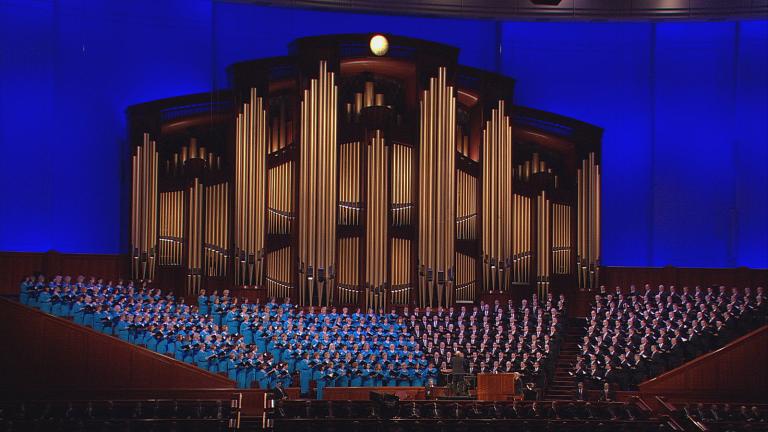
Here are a few items from the news media that have recently caught my eye:
- I was both pleased and disturbed by the results of this survey: “Abortion, adultery, birth control — Americans weigh in on what they think is morally acceptable: Gallup found that abortion remains one of the most polarizing issues among Americans. Here is what else the study found.”
- I haven’t really followed this very strange case. And, anyway, it’s difficult to keep track of who killed whom, and when, and why. But I’m at peace, based on what little I do know, with the verdicts that have been handed down: “‘Wake of destruction’: Judge orders 6th and 7th life sentences for Lori Vallow Daybell”
- “The asteroid that will spare Earth might hit the moon instead. What happens if it does?”
- “New York Times spotlights Tabernacle Choir for historic milestone“
- “Worldwide Media Coverage Celebrates ‘Music & the Spoken Word’: The 5,000th episode drew widespread attention to its nearly century-long broadcast tradition”
- “Media outlets worldwide recognize ‘Music & the Spoken Word’ for its 5,000th-episode milestone: After 96 years on air, the Tabernacle Choir’s 5,000th broadcast draws attention from media outlets worldwide”
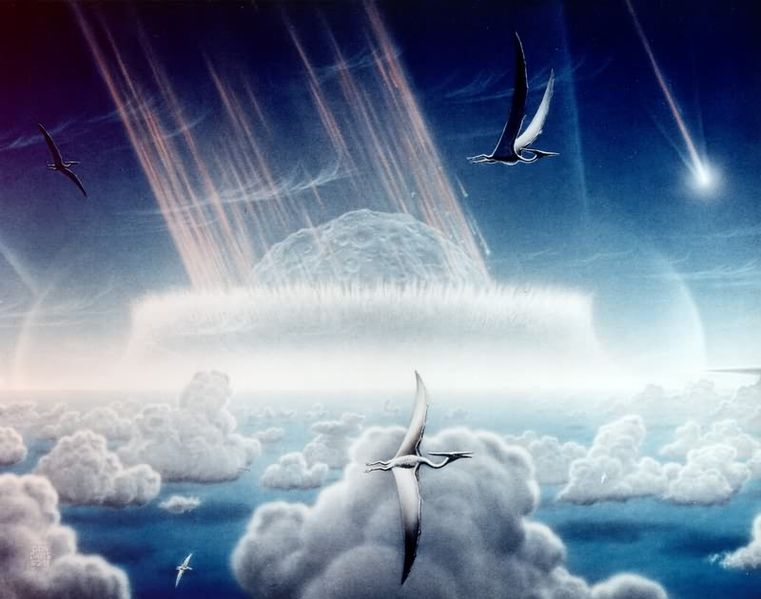
With a representative of the Third Generation in tow, my wife and I visited the Science Museum of Virginia this afternoon. We spent most of our time there at a pretty good visiting exhibit, originating from the Royal Ontario Museum in Toronto, that is called “Ultimate Dinosaurs.” It’s too bad that I’m a young-earth creationist. (I’m told that I am, anyway.) I might have enjoyed it.
Posted from Richmond, Virginia


